10 BEST hidden gems to visit in India in August
- Our Hidden Earth

- Aug 13
- 14 min read
India in August transforms into a lush and vibrant land, where the monsoon breathes life into every hill, forest, and river. While famous tourist spots attract most of the attention, the real magic often lies in the lesser-known places.
These hidden gems are tucked away in valleys, surrounded by misty hills, or nestled beside tranquil lakes, waiting to be discovered by travellers who crave authenticity and peace. The rains sweep through the country, cooling the air, filling waterfalls to the brim, and adding a fresh scent to the soil that lingers for days.
In August, these secret destinations offer more than just scenery. You’ll find intimate glimpses of local culture, from village festivals to family-run eateries serving seasonal dishes.
Markets brim with fresh produce, and the landscapes are alive with colour. Unlike crowded hotspots, these places invite you to slow down, breathe deeply, and connect with your surroundings.
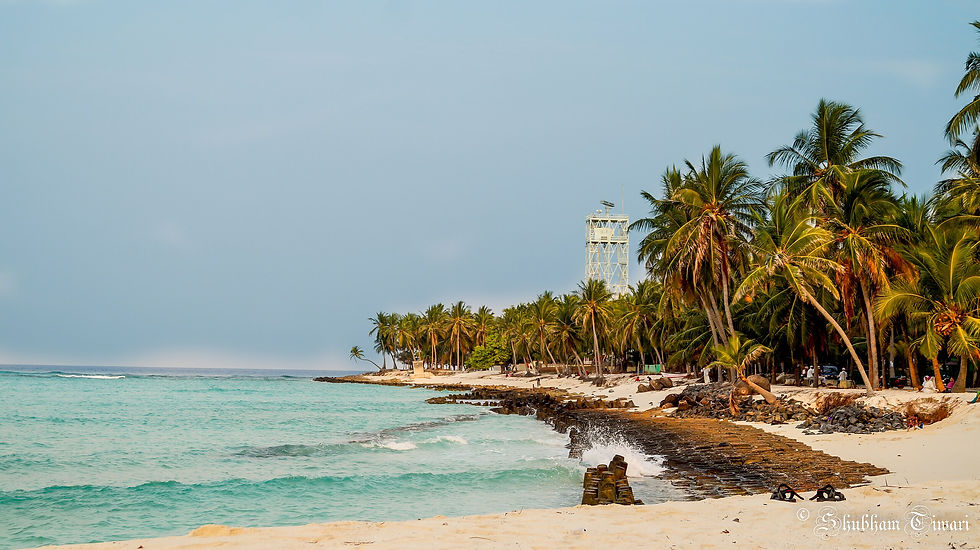
1) Ziro Valley, Arunachal Pradesh
Ziro Valley in August is a sight to behold, with endless stretches of emerald paddy fields swaying under a gentle drizzle. The monsoon brings a soothing freshness to the air, and the surrounding pine-covered hills are draped in mist.
Located far from the chaos of city life, Ziro feels like stepping into another world where time moves slower. The Apatani tribe, known for their rich culture and warm hospitality, adds a unique human touch to the valley’s natural charm.
Walking through the fields, you’ll hear the soft sound of raindrops tapping on leaves, accompanied by the distant murmur of streams. The valley’s cool temperatures make August an ideal time for relaxed exploration, whether you’re hiking gentle trails or cycling through village roads.
Ziro in August isn’t just about the scenery; it’s about the rhythm of rural life in harmony with the rains. It’s peaceful, grounding, and full of subtle beauty that rewards those willing to linger.
FAQs/Things to know before visiting Ziro Valley, Arunachal Pradesh
1) Is Ziro Valley accessible in August?
Yes, Ziro Valley can be reached by road from Assam, though it’s best to account for possible rain delays. The journey itself is scenic, passing through green hills and rivers. Roads may be slippery, so travelling in a sturdy vehicle is advisable. The remote location ensures fewer tourists even in peak monsoon.
2) What activities can I enjoy in Ziro Valley in August?
Trekking, cycling, and nature walks are popular here. Exploring Apatani villages offers insight into traditional farming methods. Photography is especially rewarding with the misty landscapes. Relaxing with a view of the paddy fields is equally enjoyable.
3) What foods are seasonal in Ziro Valley during August?
Bamboo shoots, wild leafy greens, and freshly caught fish are common in August meals. Smoked pork with herbs is a local favourite. Rice beer is brewed fresh in many households. Seasonal fruits add natural sweetness to the diet.
4) Does Ziro Valley host any festivals in August?
While the major Ziro Music Festival happens later in the year, August still has small community gatherings. These may include traditional dances and feasts. Visitors are often welcomed to join. It’s a great time to learn about Apatani customs.
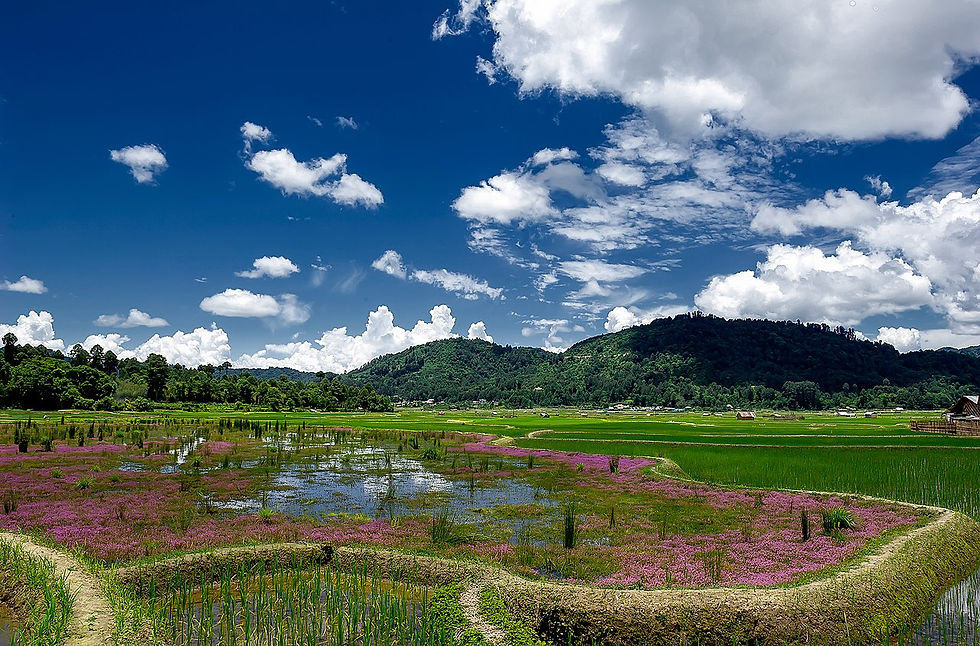
2) Tirthan Valley, Himachal Pradesh
Tirthan Valley is one of Himachal’s best-kept secrets, and in August, it’s wrapped in a refreshing green glow. The valley takes its name from the Tirthan River, which runs crystal clear and full from the monsoon rains.
Surrounded by the Great Himalayan National Park, this is a haven for nature lovers who prefer peace to the bustle of popular hill stations. The air is cool, clean, and scented with pine.
The rains enhance the valley’s wild beauty, bringing small waterfalls to life and filling the meadows with wildflowers. Trekking paths are quiet, save for the sound of flowing water and bird calls.
Anglers can try fishing in the Tirthan River, famous for its trout. Villages here retain a traditional charm, with wooden houses and slate roofs adding character to the scenery.
Visiting Tirthan Valley in August feels like stepping into a living postcard. It’s an escape where time slows down, and nature takes centre stage.
FAQs/Things to know before visiting Tirthan Valley, Himachal Pradesh
1) Is Tirthan Valley safe to visit in August?
Yes, but travellers should be cautious of slippery trails during heavy rain. The valley is less crowded in monsoon, offering more privacy. The weather is cool and comfortable for most activities. Local guides ensure safe trekking routes.
2) What activities are popular in Tirthan Valley during August?
Fishing, short treks, and nature walks are favourites. Exploring nearby villages offers cultural experiences. Birdwatching is excellent during this season. The riverbanks are perfect for picnics.
3) What local foods should I try in Tirthan Valley in August?
Trout is the highlight here. Seasonal mushrooms add flavour to many dishes. Freshly baked bread from homestays is a delight. Herbal teas made with wild plants are refreshing.
4) Does Tirthan Valley celebrate any festivals in August?
While there are no major festivals, small temple gatherings are common. These are intimate and often involve communal meals. Visitors are welcome to join respectfully. Such events offer insight into local traditions.

3) Majuli Island, Assam
Majuli Island, the largest river island in the world, becomes a serene paradise in August. Situated in the Brahmaputra River, the island is surrounded by swollen waters that sparkle under cloudy skies.
The monsoon breathes new life into its wetlands and paddy fields, turning them a deep shade of green. Majuli is as much about culture as it is about nature, offering a unique blend of Assamese traditions and riverine beauty.
August is when the island feels alive with the sounds of rain and the gentle lapping of water against its banks. The Satras, or Vaishnavite monasteries, remain central to life here, and visiting them offers an insight into centuries-old art, dance, and philosophy. Boat rides across the Brahmaputra are peaceful yet thrilling, with views of distant hills shrouded in mist.
Majuli in August feels timeless. The island’s slow pace, cultural depth, and monsoon scenery create an atmosphere of reflection and connection.
FAQs/Things to know before visiting Majuli Island, Assam
1) Is Majuli Island accessible in August?
Yes, though access is by ferry, and schedules can be affected by river conditions. The journey offers beautiful views of the Brahmaputra. Travellers should be prepared for occasional delays. The trip is part of the adventure.
2) What activities are best in Majuli during August?
Visiting the Satras is a must. Birdwatching is rewarding during this time. Boat rides offer a unique perspective of the island. Exploring villages reveals traditional crafts and lifestyles.
3) What foods should I try on Majuli Island in August?
Freshwater fish curries are a highlight. Rice with seasonal greens is common. Traditional sweets made from jaggery are delicious. Locally grown tea is a must-try.
4) Are there any festivals in Majuli in August?
While the major Raas festival happens later in the year, smaller cultural events still occur. These often involve music and dance performances. Temple gatherings bring the community together. Visitors are welcomed warmly.

4) Mandu, Madhya Pradesh
Mandu, often called the “City of Joy,” transforms in August into a lush green wonderland. Perched on a plateau, the historic ruins here are surrounded by mist and rain-fed lakes. The monsoon enhances the romance of its palaces, mosques, and stepwells.
Each structure tells a story, and in August, those stories feel more alive under grey skies.
The Jahaz Mahal, or “Ship Palace,” reflects beautifully in the water during this season.
Roaming through Mandu’s old pathways, you can hear the rustle of wet leaves and the distant call of peacocks. The air is cooler and carries the scent of rain-soaked stone. The surrounding countryside bursts into bloom, adding splashes of colour to the historic landscape.
Food in Mandu during August is simple yet satisfying. Local street vendors serve hot bhutte ka kees, a grated corn dish spiced with chillies and turmeric. Poha with jalebi is a favourite breakfast, especially on misty mornings. Freshly brewed chai is a constant companion during sightseeing.
Mandu in August is a perfect blend of history and monsoon charm. It invites you to slow down, wander, and imagine the grandeur of centuries past.
FAQs/Things to know before visiting Mandu, Madhya Pradesh
1) Is Mandu good to visit in the monsoon?
Yes, August is one of the best months to see Mandu’s green surroundings. The weather is cool and pleasant. Monsoon rains enhance the beauty of the ruins. Crowds are minimal compared to peak tourist season.
2) What activities can I enjoy in Mandu during August?
Exploring Jahaz Mahal and Rani Roopmati’s Pavilion is a must. Walking tours reveal hidden architectural gems. Photography is especially rewarding. Local food trails add to the experience.
3) What foods should I try in Mandu in August?
Bhutte ka kees is a seasonal speciality. Poha with jalebi is a local breakfast treat. Fresh fruits from nearby farms are plentiful. Spiced chai is perfect for rainy days.
4) Are there any festivals in Mandu in August?
While no major festivals occur this month, smaller cultural gatherings happen in villages. These showcase music, dance, and traditional games. Such events offer an authentic glimpse of local life. Visitors are often invited to join in.

5) Lepchajagat, West Bengal
Lepchajagat is a small mountain village near Darjeeling, and in August, it feels like a hidden world above the clouds. The monsoon wraps its pine forests and tea gardens in a gentle mist, creating a serene and mystical atmosphere.
The cool, crisp air is a refreshing break from the heat of the plains. The Lepcha community here is warm and welcoming, adding to the village’s charm.
The village offers spectacular views of the Kanchenjunga range when the clouds part. Birdsong fills the air, and tiny wildflowers bloom along walking trails. The quiet roads are perfect for leisurely strolls, and every turn reveals new vistas of rolling hills. The rains bring out the earthy scent of the forest, making the experience deeply calming.
In August, local meals are simple but full of flavour. Momos and thukpa are popular, served hot and steaming. Fresh vegetables come from nearby gardens, and the tea is aromatic and warming. Rainy evenings are best spent by the fireplace in a cosy homestay.
Lepchajagat in August is all about stillness, beauty, and connection with nature. It’s a retreat for travellers who seek peace and authenticity.
FAQs/Things to know before visiting Lepchajagat, West Bengal
1) Is Lepchajagat accessible in August?
Yes, though the roads can be wet and slippery. It’s reachable from Darjeeling by car. The journey offers stunning views of tea gardens and hills. Travellers should plan for occasional delays due to rain.
2) What can I do in Lepchajagat during August?
Nature walks and birdwatching are popular. Photography is rewarding in the misty landscape. Visiting nearby tea estates adds variety to the trip. Simply relaxing and enjoying the scenery is a highlight.
3) What foods are common in Lepchajagat in August?
Momos, thukpa, and fresh vegetable dishes are staples. Locally grown tea is a must-try. Snacks made with seasonal produce are common. Simple, hearty meals match the cool weather.
4) Does Lepchajagat have any festivals in August?
While there are no large-scale festivals, small community gatherings take place. These may include traditional dances or feasts. Visitors are often invited to participate. The hospitality here makes every occasion special.

6) Gokarna, Karnataka
Gokarna in August offers a quiet coastal escape far from the hustle of Goa. The monsoon keeps the beaches less crowded, with waves rolling in under dramatic grey skies. Palm trees sway in the breeze, and the air smells of salt mixed with the scent of rain-soaked earth. This is the season when Gokarna’s charm lies in its peaceful, unpolished beauty.
The beaches; Om, Kudle, and Half Moon, are framed by lush hills dripping with rainwater. Small streams flow down to meet the sea, and walking along the wet sand feels refreshing. The cooler weather makes it comfortable to hike the trails that link the beaches.
Temples in the town, such as the Mahabaleshwar Temple, are also quieter, offering moments of calm reflection.
Local cuisine in August is rich with coastal flavours. Freshly caught fish, coconut-based curries, and steaming plates of idli with chutney are common. Street vendors serve bhajis and hot tea, perfect for a rainy afternoon.
Gokarna in August is less about sunbathing and more about slowing down. It’s a time to listen to the rhythm of the waves, wander the rain-washed streets, and enjoy the simplicity of life by the sea.
FAQs/Things to know before visiting Gokarna, Karnataka
1) Is Gokarna safe to visit during the monsoon?
Yes, but swimming in the sea is not advised due to strong currents. Walking along the beach is safe and enjoyable. The monsoon scenery is stunning. Most accommodations remain open with fewer guests.
2) What activities are ideal in Gokarna in August?
Beach walks, temple visits, and short hikes between beaches are popular. Yoga retreats run year-round. Watching the monsoon waves is a calming activity. Photography is excellent during this season.
3) What foods should I try in Gokarna during August?
Coconut fish curry is a local speciality. Idlis and dosas are breakfast favourites. Fried snacks are popular during rain showers. Fresh seafood is widely available.
4) Does Gokarna host any festivals in August?
While there are no major festivals, temple ceremonies still occur. These offer an insight into local traditions. Visitors are welcome to observe respectfully. The atmosphere is peaceful and devotional.

7) Dzukou Valley, Nagaland & Manipur
Dzukou Valley in August is a carpet of green, dotted with seasonal wildflowers. Located on the border of Nagaland and Manipur, it’s one of India’s most beautiful trekking destinations.
The monsoon fills the valley’s streams and keeps the air crisp and cool. Mist rolls in during the mornings, adding a mystical quality to the views.
Trekking here in August is a rewarding challenge. The trails are slippery but surrounded by lush forests and blooming plants. The valley opens up suddenly after the climb, revealing a vast expanse of rolling hills. The cool breeze carries the scent of damp earth and wild blossoms.
Meals for trekkers are simple but satisfying. Rice with vegetables and meat stews are common. Local tea brewed over a campfire is a treat in the chilly evenings. The experience is as much about the journey as it is about the destination.
Dzukou Valley in August is a place for those who love raw nature. The scenery is untouched, and the sense of peace is unmatched.
FAQs/Things to know before visiting Dzukou Valley, Nagaland & Manipur
1) Is trekking in Dzukou Valley safe in August?
Yes, though trails can be slippery. Hiring a guide is recommended. The valley is safe for experienced trekkers. The scenery makes the effort worthwhile.
2) What can I see in Dzukou Valley during August?
Rolling green hills, seasonal flowers, and clear streams are the highlights. The valley offers panoramic views. Wildlife sightings are possible. The skies are often dramatic with moving clouds.
3) What food is available in Dzukou Valley in August?
Meals are usually basic, such as rice, vegetables, and stews. Tea is served often. Snacks should be carried by trekkers. Local produce is fresh and flavourful.
4) Are there festivals in Dzukou Valley in August?
The valley itself doesn’t host festivals, but nearby villages may have events. These feature traditional music and dance. Visitors can attend if invited. The cultural warmth adds to the trip.
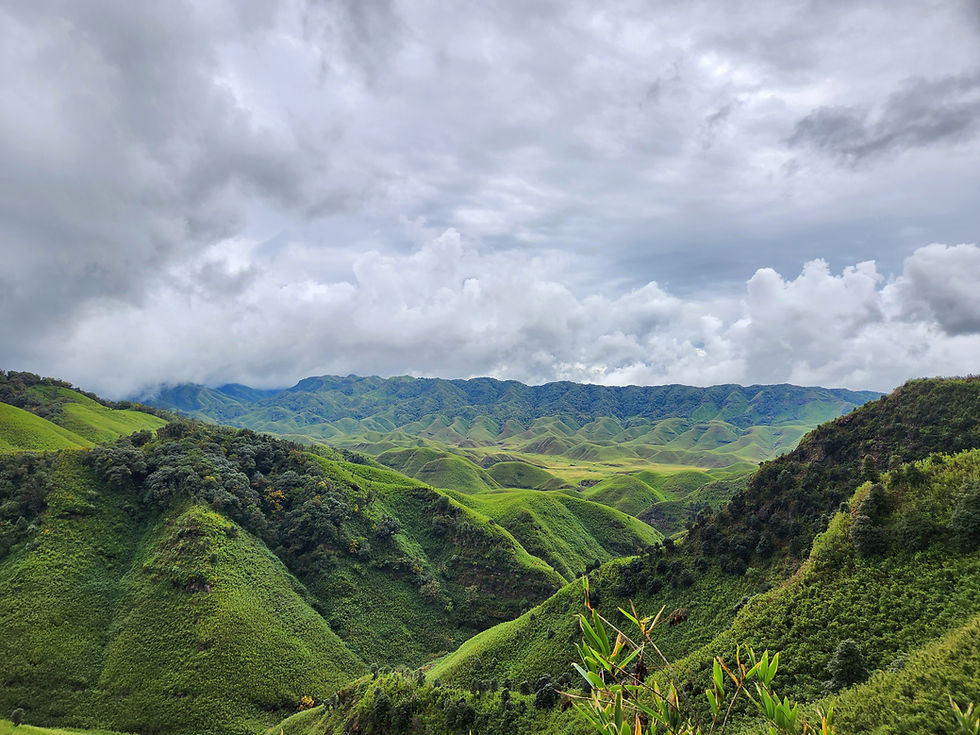
8) Chikmagalur, Karnataka
Chikmagalur in August is a monsoon paradise in the Western Ghats. The coffee plantations are lush and fragrant after the rains. The air is cool and carries the scent of wet soil mixed with coffee blossoms. Rolling hills and waterfalls make the landscape postcard-perfect.
The Mullayanagiri peak offers misty views over the valleys. Trekking trails are quiet and surrounded by greenery. Waterfalls like Hebbe and Jhari are at full strength in August. The combination of coffee estates and wild nature makes Chikmagalur unique.
Local cuisine this month is warm and comforting. Akki rotti, spicy curries, and filter coffee are staples. Many homestays serve fresh meals with produce from their own gardens. Rainy evenings are perfect for sipping coffee while watching the hills fade into mist.
Chikmagalur in August blends adventure with relaxation. It’s an ideal choice for travellers who love both nature and flavourful food.
FAQs/Things to know before visiting Chikmagalur, Karnataka
1) Is Chikmagalur good to visit in August?
Yes, the monsoon makes it especially beautiful. Waterfalls are at their peak. The coffee estates are lush and green. The weather is cool and inviting.
2) What activities are best in Chikmagalur in August?
Trekking, coffee estate tours, and waterfall visits are top choices. Scenic drives are relaxing. Photography opportunities are endless. Local markets offer unique finds.
3) What foods should I try in Chikmagalur in August?
Akki rotti and spicy curries are delicious. Filter coffee is a must-try. Local sweets are also popular. Many dishes use fresh garden vegetables.
4) Are there festivals in Chikmagalur in August?
While major festivals are later in the year, small temple events occur. These often involve music and communal meals. Visitors can join in respectfully. Such events deepen the cultural experience.

9) Agatti Island, Lakshadweep
Agatti Island in August feels like a private paradise. Surrounded by turquoise lagoons and coral reefs, it’s one of the most beautiful spots in Lakshadweep. The monsoon brings short, refreshing showers that cool the air and make the greenery more vivid. The beaches are quiet, offering solitude and stunning views.
Snorkelling and scuba diving reveal colourful marine life. Kayaking in the calm lagoons is relaxing. The island’s small size makes it easy to explore on foot. Each turn offers new views of white sand and crystal-clear water.
Seafood is the star of the August menu here. Fresh tuna, lobster, and crab are prepared with local spices. Coconut features heavily in the cuisine, adding a tropical sweetness. Fresh fruit juices complete the island experience.
Agatti Island in August is about slowing down and soaking in natural beauty. It’s a dream destination for those who want peace with a touch of adventure.
FAQs/Things to know before visiting Agatti Island, Lakshadweep
1) Is Agatti Island accessible in August?
Yes, but weather conditions can affect flights and boats. Planning ahead is important. The journey is worth it for the quiet beaches. Fewer tourists mean more space to enjoy.
2) What activities can I do on Agatti Island in August?
Snorkelling, diving, and kayaking are top activities. Beach walks are peaceful. Exploring the lagoon is a highlight. Photography is excellent during this season.
3) What foods should I try on Agatti Island in August?
Fresh seafood is the speciality. Coconut-based curries are common. Tropical fruits are abundant. Local sweets add to the island charm.
4) Are there festivals on Agatti Island in August?
While no major festivals occur, community gatherings are common. These include shared meals and music. Visitors are welcome to join. The atmosphere is warm and friendly.

10) Patan, Gujarat
Patan in August offers a unique mix of heritage and seasonal beauty. The monsoon refreshes the city’s gardens and cools the air, making it pleasant to explore. Known for the UNESCO-listed Rani ki Vav stepwell, Patan is a treasure trove of history. Rainwater fills the stepwell, enhancing its beauty.
Walking through Patan’s old streets reveals ornate havelis and bustling markets. The Patola silk weaving tradition is still alive, and watching artisans at work is fascinating. Small temples come alive with ceremonies during this month. The scent of incense mixes with the earthy aroma of rain.
Local food in August includes hearty Gujarati thalis. Farsan snacks, sweet basundi, and fresh vegetables are seasonal delights. The combination of sweet, salty, and tangy flavours is a treat.
Patan in August is ideal for travellers who love culture, architecture, and authentic local life. It’s a place where every corner tells a story.
FAQs/Things to know before visiting Patan, Gujarat
1) Is Patan worth visiting in August?
Yes, the cooler weather makes exploring easier. The monsoon adds charm to historic sites. Crowds are smaller. The markets are lively with fresh produce.
2) What activities are best in Patan in August?
Visiting Rani ki Vav is essential. Exploring silk workshops is unique. Temple visits offer cultural insights. Sampling local food is a must.
3) What foods should I try in Patan in August?
Gujarati thalis are a highlight. Farsan snacks are widely enjoyed. Basundi is a rich dessert worth trying. Seasonal vegetables are fresh and flavourful.
4) Are there festivals in Patan in August?
While major festivals occur later, smaller temple events happen now. These include prayers, music, and food offerings. Visitors are welcome to observe respectfully. It’s a warm cultural experience.
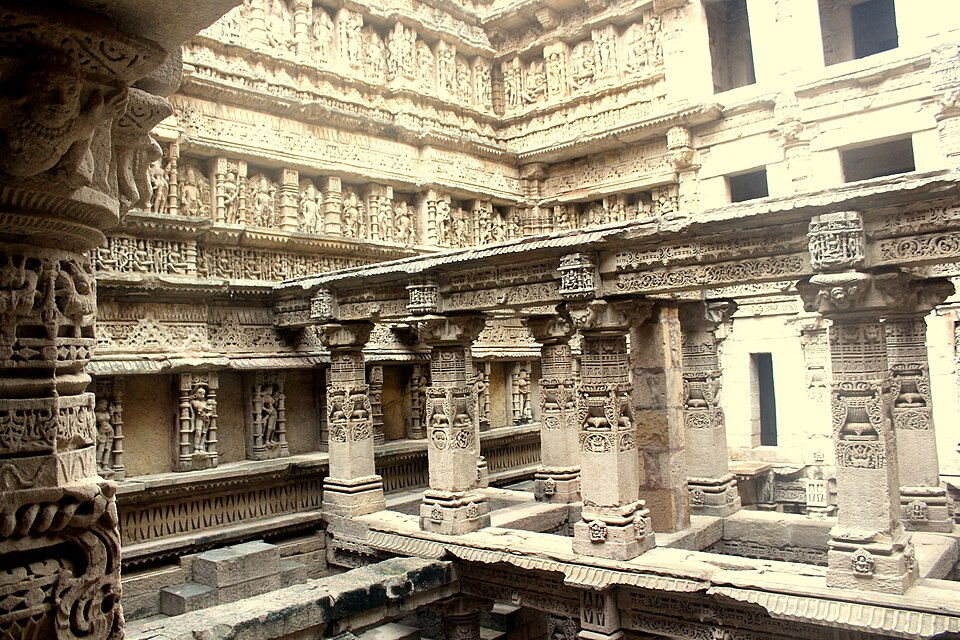
India’s hidden gems in August offer something that popular destinations often can’t; intimacy, tranquillity, and authenticity. From the misty trails of Dzukou Valley to the quiet shores of Agatti Island, each place shines in the monsoon’s gentle embrace.
Travelling to these lesser-known spots means avoiding crowds while immersing yourself in local life. You’ll share meals with families, watch artisans at work, and witness nature at its most vivid. Seasonal foods taste richer, landscapes look fresher, and traditions feel more heartfelt.
Choosing any of these 10 hidden gems in August is an invitation to slow down and connect deeply with both people and place. Whether you’re trekking through cloud-kissed hills, wandering rain-washed streets, or gliding over calm backwaters, these moments become memories that last far beyond the season.
When exploring these hidden gems, always consider hiring a guide or joining a tour group, as some locations may require local expertise for the best experience.
Did you know we have a Hidden Gem Finder on our website? This handy little map shows over 13,000 hidden gems across the entire world with their exact co-ordinates available to view on Google Maps as well as an image/description for each one!









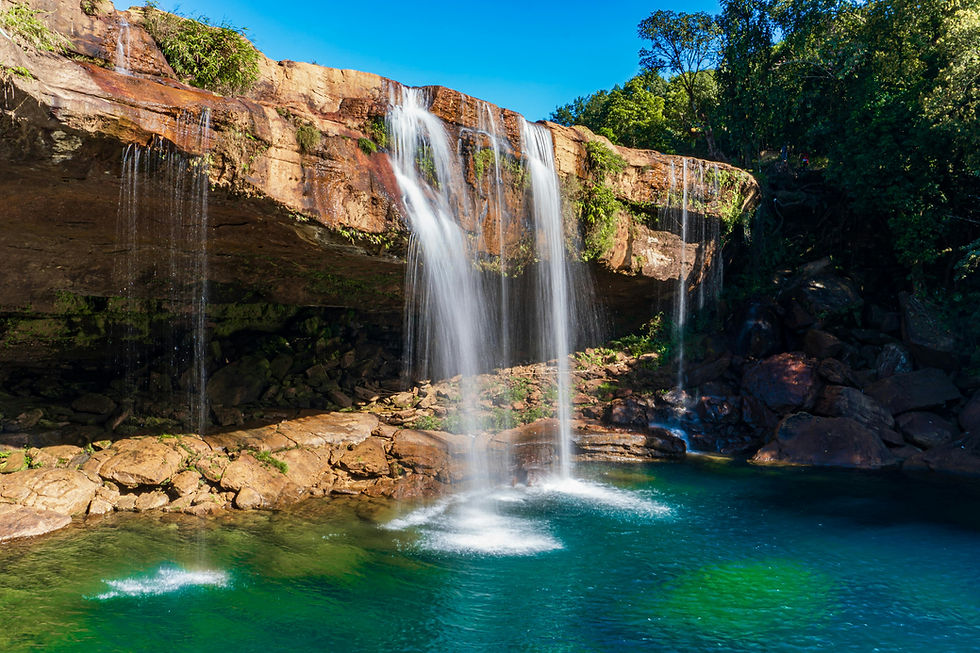


Comments